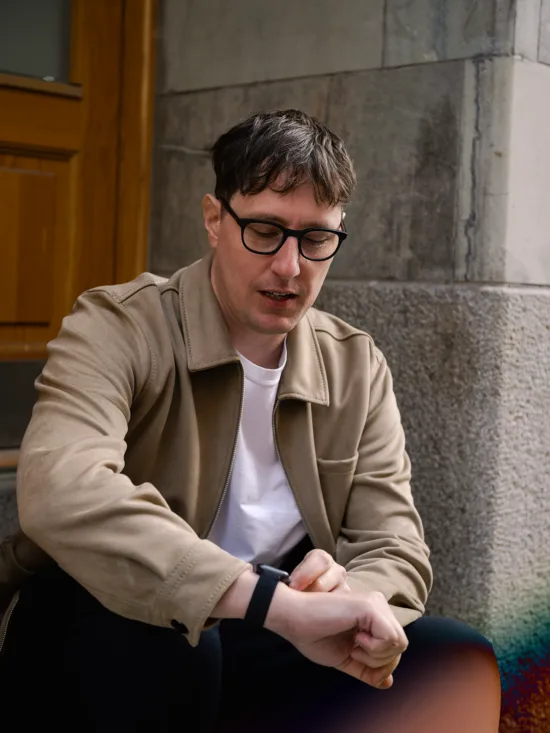What is smurfing?
While Smurfs and money laundering may seem unrelated, the term "smurfing" originates from the small, fictional blue creatures from Belgium.

In the popular Belgian animated series, the Smurfs collectively perform tasks to achieve a larger goal.
Therefore, smurfing metaphorically represents conducting many small transactions to hide a more significant amount of illicit money that is thus laundered.
What is smurfing?
Smurfing is a method of integrating smaller illicit funds into the financial system and making them appear legitimate. These funds are later used in money laundering and terrorist financing.
Once the funds have been sufficiently "smuggled" through various banks and/or commercial operations, they can be consolidated for use in the legitimate economy to finance criminal or terrorist activities without being easily traced back to their criminal origins.
What is smurfing in banking?
In the banking sector, smurfing is used to spread out deposits or transfers to avoid triggering the bank’s monitoring systems. This makes it harder to detect illegal funds moving through the system and presents a major challenge for anti-money laundering efforts.
When does smurfing occur in banking?
Smurfing often happens when someone tries to avoid reporting thresholds, for example by making several small deposits instead of one large one. This can be done quickly or over a longer period to avoid raising suspicion.
For instance, a person might deposit €900 every day for several weeks instead of making a single deposit of €20,000. This way, they avoid automatic alert systems that monitor large transactions.
Smurfing can be detected by analysing patterns of small, regular transactions. Red flags include unusual behaviour, many deposits just below reporting limits, and the use of multiple accounts.
Smurfing vs structuring
Both smurfing and structuring involve splitting large sums. The difference is that smurfing often involves multiple people ("smurfs"), while structuring can be done by a single individual.
What is a smurf or money mule?
A smurf or money mule is someone who helps transfer money for another person. They are used to lower the risk for the criminal, but they themselves face penalties for participating in money laundering activities.
What is smurfing in gambling (iGaming)?
Smurfing can also occur in the gaming industry. Here, small deposits and winnings are used as a way to legitimise money from unknown or illegal sources.
To detect smurfing in gambling, look for customers who make many small deposits, quickly play through them, and withdraw winnings without showing any real interest in the games. For example, a player might deposit small amounts across several accounts, place low-risk bets to avoid major losses, and then withdraw the funds as "winnings" to a bank account.
What is cuckoo smurfing?
Cuckoo smurfing is a special form of smurfing where a third party is unknowingly used to move money through the banking system. This can happen during international transfers, without the recipient realising they are involved in a criminal scheme.
For example, a person in Sweden is expecting a legitimate bank transfer from a family member abroad. At the same time, a criminal actor wants to inject illegal money into the system.
A middleman arranges it so that the Swedish person receives funds, not from their family, but from the criminal source. Meanwhile, the family's money is quietly diverted elsewhere to mask the illegal transaction.
As a result, both the sender and the receiver are unknowingly involved.
Industries most at risk from smurfing
Banks, crypto platforms, gaming companies, currency exchange offices, and real estate agents are particularly exposed. These industries handle large volumes of transactions and can be exploited by criminals if effective controls are not in place.
How to prevent smurfing
Financial institutions and other actors managing funds must adopt a comprehensive approach to detect and combat smurfing effectively.
This approach should include measures such as implementing the latest technology, employee training, and cooperation between companies and authorities.
Advanced analytical tools
Machine learning and AI can help you analyse transaction patterns and identify anomalies that may indicate smurfing.
Systems can learn from historical data to improve identification over time.
Big data solutions can process and analyse large amounts of transactional data in real time and detect potentially suspicious activities among common customer transactions.
Thorough procedures for customer due diligence
Your company should implement robust customer due diligence procedures, especially for customers involved in high-risk activities or showing signs of suspicious behaviour.
This includes verifying the source of funds and the purpose of the transactions.
Customers' activities should be monitored continuously, and their risk profiles should be updated based on new transactions and behaviours.
Traceability and transparency
You can use geolocation data to identify unusual transactions for a customer's established patterns to detect smurfing. Some unusual transactions include transactions in high-risk countries or transactions that don't match the customer's profile.
Organisations should also explore using blockchain and distributed database technologies to increase transaction transparency and traceability, making it harder for smugglers to hide their activities.
The key is remaining adaptable and vigilant, as criminals continuously develop their techniques to avoid detection. Fortunately, developing new technologies can help increase detection capabilities and accuracy.
Supervised entities should increase employees' awareness and knowledge through regular training. In addition, cooperation with other actors and supervisors should focus on sharing information and experiences and improving the ability to fight financial crime.
How Trapets can help with detecting smurfing
Trapets offers advanced monitoring solutions that make it easier to detect patterns of smurfing and other types of money laundering. Our systems are designed to meet the needs of different industries, with a focus on both efficiency and user-friendliness.
